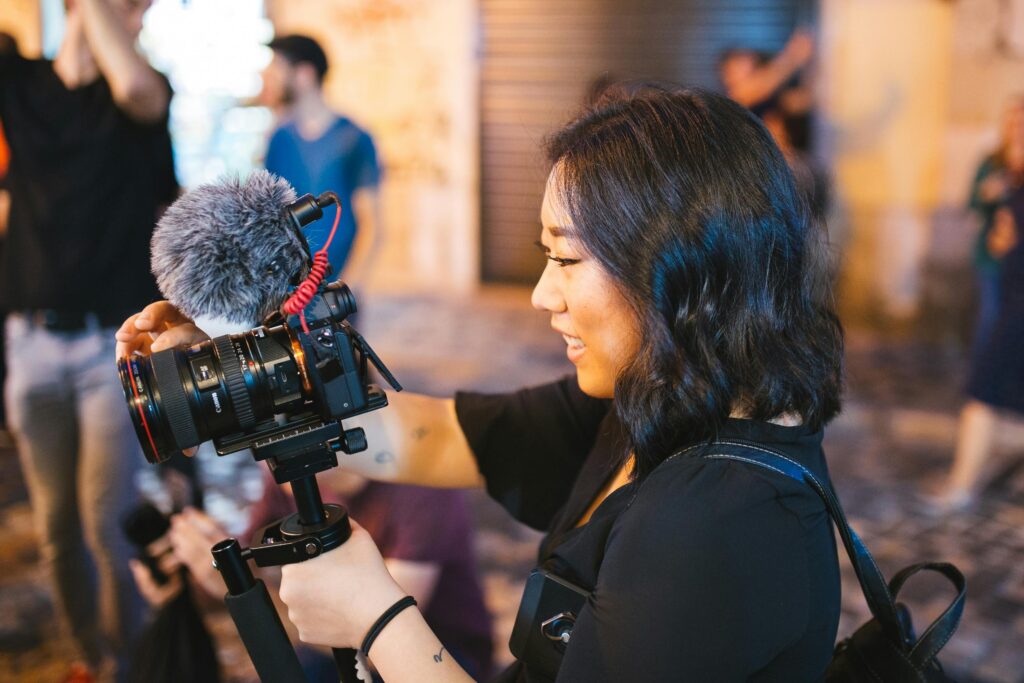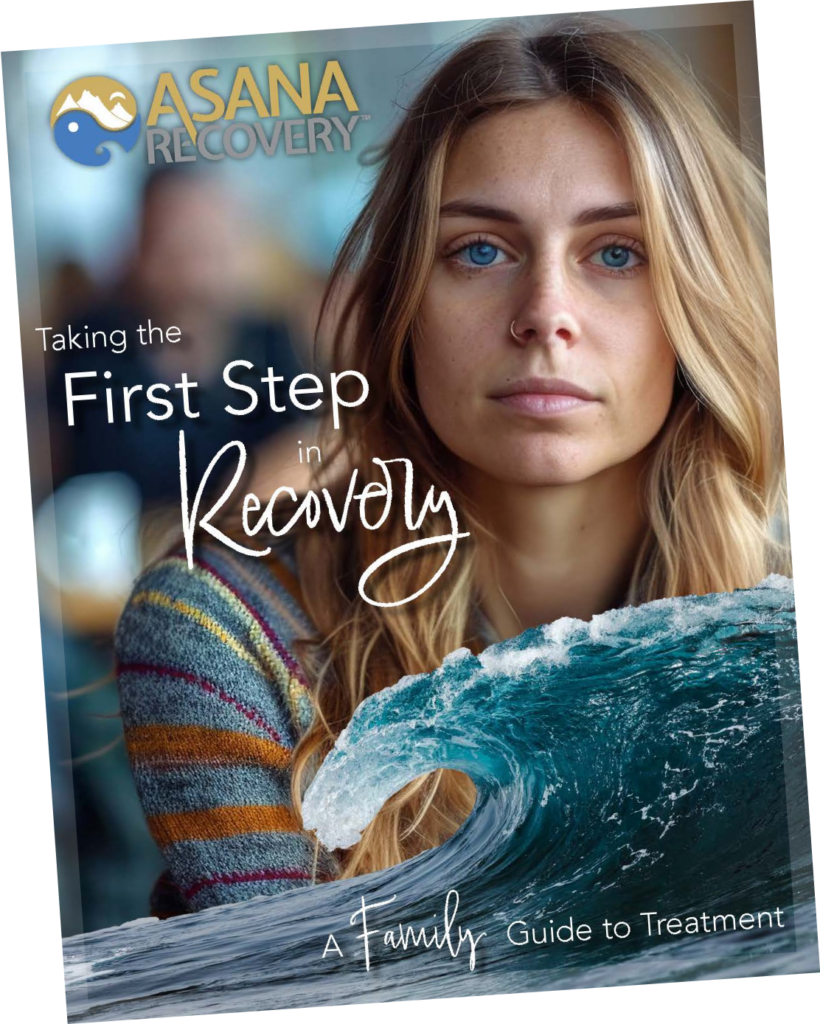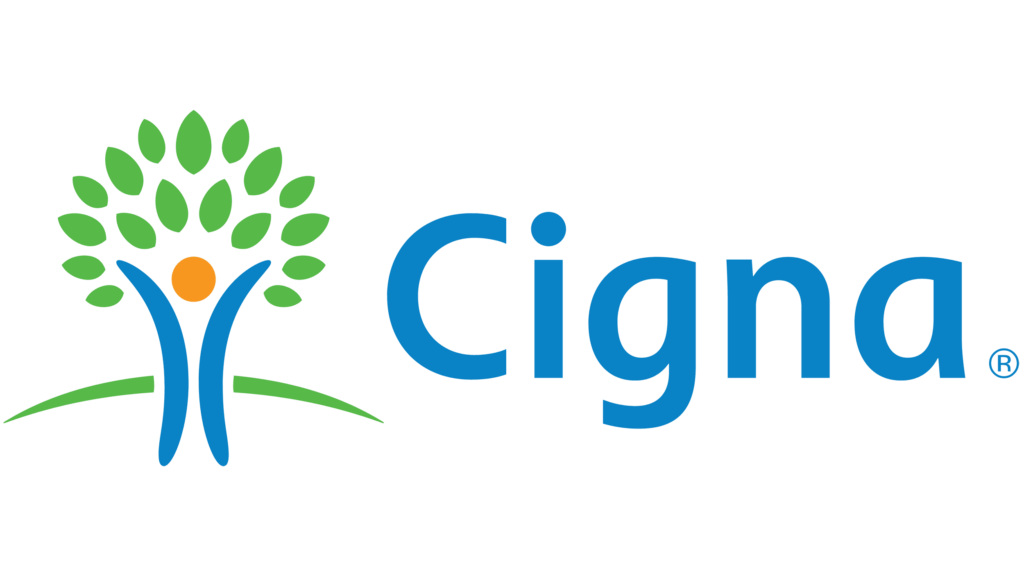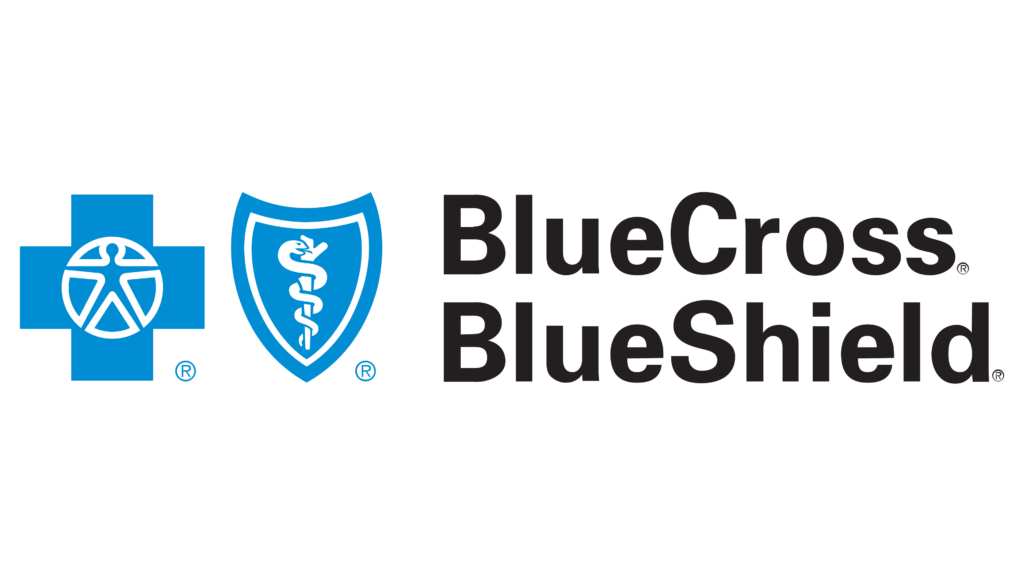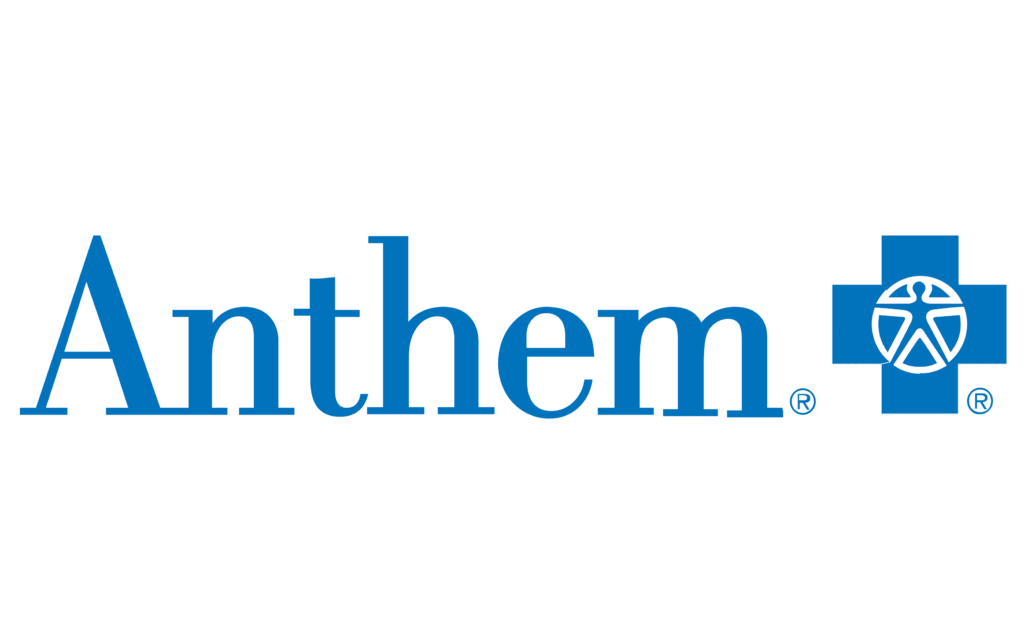Benefits of Sharing Your Journey
Deciding to share your sobriety journey through a blog or vlog isn’t just about documenting events; it unlocks significant benefits that can profoundly impact your recovery. These benefits often fall into three key areas: personal growth, accountability, and building a supportive community. Understanding these can provide strong motivation to start or continue sharing your story.
First, let’s talk about **personal growth**. The act of articulating your experiences – whether through writing or speaking – forces you to reflect deeply. You begin to understand your triggers, patterns of thought, and emotional responses more clearly. Putting feelings into words can make them less overwhelming and easier to manage. Looking back at past posts or videos allows you to see how far you’ve come, recognizing progress that might otherwise go unnoticed in the day-to-day grind. This process fosters self-awareness, resilience, and emotional intelligence, all crucial components of sustained recovery. It’s like holding up a mirror to your inner world, allowing you to learn and grow from your own experiences in a structured way. This self-discovery is often accelerated when combined with professional guidance, like the therapies offered at Asana Recovery, such as
Cognitive Behavioral Therapy (CBT), which specifically helps in understanding thought patterns.
Second, sharing your journey fosters **accountability**. When you publicly state your commitment to sobriety and share your progress, you create an external motivator. Knowing that others are following your journey can provide an extra push to stay on track during difficult moments. It’s not about fearing judgment, but rather about leveraging the positive pressure of shared goals. Documenting milestones – 30 days sober, 6 months, a year – and sharing them allows you and your community to celebrate victories together, reinforcing positive behaviors. This external validation can be a powerful supplement to your internal motivation. It turns recovery from a solitary battle into a shared endeavor.
Finally, and perhaps most powerfully, sharing builds a **supportive community**. Addiction can be incredibly isolating. By opening up about your struggles and successes, you connect with others who genuinely understand. Reading comments like “Me too,” “I needed to hear this today,” or “Your story gives me hope” can be incredibly validating and combat feelings of loneliness. You are not only receiving support but also providing it to others, which can be deeply empowering. This online community can supplement the support you receive from family, friends, and treatment programs. It’s a space where vulnerability is met with empathy, creating bonds forged in shared experience. Building these connections is vital for long-term recovery. If you’re seeking structured support alongside your digital journaling, exploring options like our
Outpatient Services can provide professional guidance and peer support in a safe environment. You can also check if your insurance covers these services through our easy
Insurance Verification page.
Integrating Therapy and Treatment in Your Content
When you create a digital recovery journal, it’s natural to want to share the tools and strategies that are helping you. Therapy and formal treatment programs are often central pillars of a successful sobriety journey, and discussing them in your blog or vlog can be incredibly beneficial, both for you and your audience. Sharing your experiences with specific therapies or programs can demystify the treatment process for others and reinforce your own learning.
For instance, you might discuss how participating in an **IOP** (
Intensive Outpatient Program) has provided structure and support while allowing you to maintain some daily routines. You could share insights gained from group therapy sessions (without breaking confidentiality, of course) or how individual counseling is helping you address underlying issues. Similarly, talking about your experience with therapies like **CBT** (
Cognitive Behavioral Therapy) or **DBT** (
Dialectical Behavior Therapy for Addiction) can be very helpful. You could explain how CBT techniques are helping you identify and change negative thought patterns related to substance use, or how DBT skills are improving your emotional regulation and distress tolerance. Sharing specific examples of how these therapies work in practice makes them less abstract and more relatable.
If you are utilizing **MAT** (
Medication-Assisted Treatment), sharing your experience can combat stigma and misinformation surrounding these life-saving medications. You could talk about how MAT, combined with counseling, has reduced cravings and withdrawal symptoms, allowing you to focus more fully on your recovery. It’s important to emphasize that MAT is a valid and evidence-based approach to treating certain substance use disorders. Integrating discussions about **therapy in recovery** highlights the importance of professional help. Your blog or vlog can complement, but never replace, formal treatment. It’s about sharing your journey *within* the framework of seeking and receiving professional care.
When discussing your treatment at a facility like Asana Recovery, you can mention the specific programs that are benefiting you. Perhaps you started with
Medically-Assisted Detox and transitioned to
Residential Treatment before moving to outpatient care. Sharing this progression can illustrate the continuum of care often involved in recovery. If you’re dealing with co-occurring mental health conditions, discussing your experience in a
Dual Diagnosis Treatment program can resonate deeply with others facing similar challenges. It reinforces the message that recovery involves treating the whole person. Remember to always maintain confidentiality regarding specific details about fellow patients or sensitive therapeutic conversations. Focus on your personal insights and the general benefits of the approaches you’re using. If sharing about your therapy journey prompts questions from your audience about seeking help, you can confidently point them towards resources like Asana Recovery. Encouraging others to take that first step by exploring treatment options or verifying their insurance is a powerful way to extend the support you’ve received. Feel free to direct them to
Contact Us for more information.
Engaging with Your Audience
Creating a blog or vlog is just the first step; **audience engagement** is where the real magic of connection happens. Building relationships with your readers or viewers transforms your digital journal from a monologue into a conversation, fostering that vital sense of community and mutual support. Effective engagement requires intentional effort, but it doesn’t need to be complicated.
One of the simplest ways to encourage engagement is to ask questions in your posts or videos. End your content by inviting readers/viewers to share their own experiences, thoughts, or tips related to the topic you discussed. For example, “Has anyone else found this coping strategy helpful?” or “What’s one small victory you celebrated this week?” This signals that you value their input and want to create a dialogue. When people do comment, make an effort **responding to comments** thoughtfully. A simple “Thank you for sharing” or a more detailed reply acknowledging their point can make a big difference. It shows that you’re listening and that their contribution matters.
**Building relationships** online requires authenticity and consistency. Share both your struggles and your triumphs. People connect with realness. If you only share the highlights, it can feel unrelatable or even discouraging to others who are facing difficulties. Being open about tough days, setbacks, or ongoing challenges makes you more human and approachable. Consistency in posting also helps. Whether it’s daily, weekly, or bi-weekly, having a somewhat regular schedule helps your audience know when to expect new content. However, prioritize your well-being; don’t force yourself to create content if you’re not feeling up to it. Your recovery always comes first.
Remember that engagement is a two-way street. Visit other sobriety blogs or vlogs, leave thoughtful comments, and participate in the wider recovery community online. This not only builds connections but also exposes you to different perspectives and support networks. Handling negative comments or trolls is also part of online engagement. It’s important to have a plan for this – often, the best approach is to ignore negativity, delete hateful comments, or block users who are disruptive. Protect your peace and the positive atmosphere of your space. Ultimately, **audience engagement** should feel supportive, not draining. Focus on genuine connection rather than metrics like follower counts or likes. The goal is to build a small, supportive corner of the internet where you and others can feel safe sharing the realities of the **sobriety journey**. If engaging online ever feels overwhelming, remember the importance of offline support systems, including therapy and support groups like those offered through Asana Recovery’s comprehensive programs. Consider exploring our
Virtual IOP if flexible, online support fits your needs.
Privacy and Boundaries
Sharing your sobriety journey online can be incredibly powerful, but it’s absolutely essential to consider **privacy in blogging** or vlogging and establish clear **setting boundaries**. While transparency can foster connection, oversharing can lead to vulnerability, regret, or even safety concerns. Finding the right balance between openness and protecting your personal space is crucial for maintaining your well-being throughout this process.
First, decide upfront what you are and are not comfortable sharing. Think about specific details: Will you use your real name or a pseudonym? Will you share your exact location or identifying details about your workplace or family? Will you discuss specific traumatic events or sensitive personal relationships? There are no right or wrong answers, only what feels safe and appropriate *for you*. It’s often wise to err on the side of caution initially; you can always choose to share more later, but you can’t easily take back information once it’s public. A key boundary often involves protecting the privacy of others. Avoid sharing identifiable information about friends, family members, sponsors, therapists, or fellow recovery peers without their explicit consent. Stick to sharing *your* experiences and *your* perspective.
**Setting boundaries** also applies to how much emotional energy you invest. Your blog or vlog is a tool for *your* recovery, not an obligation. You don’t owe anyone constant updates or intimate details of every struggle. It’s okay to take breaks, to keep certain experiences private, and to say “no” to requests for information or interaction that feel intrusive. Remember that you control the narrative. You decide the depth and frequency of your sharing. This control is empowering and helps ensure that your digital journal remains a source of strength, not stress.
**Transparency** is valuable, but it doesn’t mean unfiltered disclosure. You can be honest about your struggles without detailing every graphic element. You can talk about progress without revealing confidential aspects of your therapy sessions. Authenticity comes from sharing your genuine feelings and experiences, not necessarily every single fact. Consider the potential long-term implications. How might your shared content affect future job prospects, relationships, or personal safety? While stigma is decreasing, it still exists. Being mindful of your digital footprint is part of responsible sharing.
Think about the platform’s privacy settings too. Some platforms offer options to make your content semi-private (e.g., friends-only on Facebook, private YouTube videos) or fully public. Choose the level of visibility that aligns with your comfort level. If you’re part of specific programs, like
Couples Treatment, be especially mindful of your partner’s privacy and agree together on what, if anything, will be shared publicly about your joint journey. Ultimately, **privacy and boundaries** are about protecting yourself so you can continue your recovery journey safely and sustainably. Your digital journal should support your healing, not compromise it. If navigating these boundaries feels difficult, discussing it with a therapist or counselor at Asana Recovery can provide valuable guidance. They can help you explore your motivations for sharing and establish healthy limits. Don’t hesitate to
Contact Us to learn how therapy can support all aspects of your recovery.
Monetizing Your Sobriety Content
As your sobriety blog or vlog grows and connects with an audience, the idea of monetization might arise. People might suggest it, or you might see others in the online space earning income from their content. While there are **opportunities for monetization**, it’s crucial to approach this topic with extreme caution and prioritize **ethical monetization**, especially within the sensitive context of **recovery content**.
What are the potential ways to **monetize blog** or vlog content? Common methods include:
1. **Display Advertising:** Placing ads on your website or YouTube channel (e.g., Google AdSense).
2. **Affiliate Marketing:** Recommending products or services (like books, journals, or online courses) and earning a commission if your audience makes a purchase through your unique link.
3. **Sponsored Content:** Partnering with brands who pay you to create a post or video featuring their product or service.
4. **Selling Your Own Products:** Creating and selling merchandise (like t-shirts with recovery slogans), digital products (like e-books or workshops), or offering coaching services (if qualified).
5. **Donations/Memberships:** Using platforms like Patreon or Ko-fi to allow your audience to support your work directly.
However, the decision to monetize **recovery content** requires careful ethical consideration. Your primary focus should always remain on your own recovery and providing genuine support and connection to your audience. Introducing money can sometimes complicate motivations and shift the focus away from authenticity. Ask yourself: Will pursuing monetization detract from my recovery? Will it change the nature of the content I create or the relationship I have with my audience?
**Ethical monetization** in the recovery space means:
* **Transparency:** Always clearly disclose sponsored content or affiliate links. Your audience deserves to know if you’re being paid to promote something.
* **Relevance and Safety:** Only promote products or services that you genuinely believe in and that are relevant and potentially helpful to a recovery audience. Avoid promoting anything potentially harmful, triggering, or related to addictive substances (even legal ones like alcohol, depending on your audience and message). Be extremely wary of promoting untested “quick fixes” or miracle cures.
* **Prioritizing People Over Profit:** Never compromise your message or exploit your audience’s vulnerability for financial gain. Your content’s main purpose should remain support, hope, and shared experience.
* **Avoiding Conflicts of Interest:** Be cautious about partnerships that could compromise your integrity or appear biased, especially if related to treatment services.
Many successful sobriety bloggers and vloggers choose *not* to monetize significantly, keeping their platform purely as a space for sharing and community. Others find a balance by accepting small donations or promoting carefully selected resources. There’s no single right answer, but it’s vital to proceed thoughtfully and ethically. Before jumping into monetization, focus on building your platform, establishing trust with your audience, and solidifying your own recovery. If financial concerns are impacting your recovery journey, exploring sustainable solutions like understanding your treatment costs is important. Asana Recovery offers transparency regarding payment – you can explore
Private Pay and Payment Options or use our
Insurance Verification tool to understand your coverage. Addressing financial stability through responsible means is key, and monetizing your personal recovery story should be approached with deep consideration.
Promoting Asana Recovery Services
As you share your journey and the tools that have helped you, you might naturally want to mention the professional support you’ve received, especially if you’ve had a positive experience with a treatment center like **Asana Recovery**. Highlighting specific services can be genuinely helpful to your audience members who are seeking help for themselves or a loved one. It’s about sharing resources, not making a hard sell.
You can organically weave mentions of Asana Recovery’s programs into your content where relevant. For example:
* When discussing the transition from active addiction to seeking help, you could mention the importance of safe withdrawal and how
Medically-Assisted Detox provided a necessary foundation.
* If writing about the benefits of structured support, you could share how the daily schedule and therapeutic environment in
Residential Treatment helped you focus entirely on recovery in early sobriety.
* When talking about learning coping skills, you might mention specific techniques learned through
Cognitive Behavioral Therapy (CBT) or
Dialectical Behavior Therapy (DBT) for Addiction during your time in an
Intensive Outpatient Program (IOP) or
Partial Hospitalization Program (PHP) at Asana Recovery.
* If your journey involves managing cravings with medication, you could discuss the role
Medication-Assisted Treatment (MAT) played, emphasizing it as part of a comprehensive treatment plan offered by Asana Recovery.
* For those whose addiction has impacted relationships, mentioning the availability of
Couples Treatment could be relevant.
* If you or a loved one struggle with both addiction and mental health issues, highlighting the importance of
Dual Diagnosis Treatment available at Asana Recovery can resonate deeply. Asana also offers specific
Mental Health Outpatient Treatment.
* You could even mention unique aspects like
Pet-Friendly Rehab options if that was part of your positive experience, as pets can be a great source of comfort.
The key is to integrate these mentions naturally within the context of your own story and the lessons learned. It feels more authentic than a standalone advertisement.
Crucially, always include clear calls to action (CTAs) for those who might be ready to seek help. Encourage readers to take the next step:
* “If you’re struggling, reaching out for professional help is a sign of strength. You can **
Contact Asana Recovery** for a confidential discussion about your options.”
* “Worried about the cost of rehab? Many insurance plans cover treatment. You can quickly **
verify insurance** coverage on Asana Recovery’s website.”
* “Asana Recovery offers various levels of care tailored to individual needs. Explore their **
Outpatient Services** or learn about **
private care options**.”
Sharing information about a reputable treatment center like **Asana Recovery** can be a valuable service to your audience, guiding them toward potentially life-changing resources. Frame it as sharing a path that worked for you, encouraging them to **contact for private care** discussions and explore their own possibilities for healing. Remember **transparency**; if you have any formal relationship with Asana Recovery beyond being a former client, disclose it. But sharing your positive experience as someone who has benefited from their services is often the most powerful endorsement.
Conclusion
Throughout this exploration, we’ve seen the powerful potential of **digital recovery journals** – using a blog or vlog to **document sobriety** and navigate the path to healing. This **recap** highlights that sharing your **sobriety journey** online offers profound benefits: it deepens **personal growth** through self-reflection, builds **accountability** by making your commitment public, and fosters a **supportive community** that combats isolation. Whether you choose the written word of a **sobriety blog** or the visual connection of a **sobriety vlog**, the act of documenting is a potent tool.
We’ve discussed the practicalities of how to **start a blog** or vlog, emphasizing simplicity and authenticity over technical perfection. We touched upon integrating discussions about crucial treatment components like **IOP**, **CBT**, and **MAT**, underscoring how professional **therapy in recovery** is foundational. Effective **audience engagement** transforms your journal into a dynamic space for mutual support, while carefully **setting boundaries** ensures your **privacy** and well-being remain paramount. We also addressed the sensitive topic of **ethical monetization**, urging caution and a focus on recovery first.
Perhaps you’ve been considering ways to process your experiences or connect with others who understand. Maybe you’re looking for an additional layer of accountability or a method to track your incredible progress. If so, we offer this **encouragement**: **start documenting**. Your story matters. Your voice has power – power to heal yourself and potentially offer hope to someone else walking a similar path. It doesn’t have to be perfect; it just has to be yours.
Remember, documenting your journey is a supplement to, not a replacement for, professional help. If you or a loved one are struggling with alcohol or drug addiction, please reach out. **Asana Recovery** offers a full continuum of care, from detox and residential programs to flexible outpatient options like our
Virtual IOP, tailored to your unique needs right here in Orange County, California. Take the first step today. Learn more about our programs, **
verify insurance** online, or simply **
Contact Us** for a confidential conversation. Your recovery journey is waiting.
Frequently Asked Questions (FAQs)
What is a digital recovery journal?
A digital recovery journal is a way of documenting your sobriety journey using online tools like a blog (written entries) or a vlog (video entries). It serves as a space for self-reflection, tracking progress, processing emotions, and potentially connecting with a supportive online community also navigating recovery from drug or alcohol addiction. It helps make the recovery process tangible and allows you to see growth over time.
How can blogging help in my sobriety journey?
Blogging about your sobriety can help in several ways. The act of writing helps you process thoughts and emotions, leading to greater self-awareness and clarity. It provides a record of your progress, challenges, and victories, which can be motivating. Sharing your story (even anonymously) can create accountability and connect you with a supportive community of others in recovery, reducing feelings of isolation. It’s a tool for personal growth and strengthening your commitment to sobriety.
What equipment do I need to start vlogging?
You likely already have the essential equipment: a smartphone. Most modern smartphones have cameras capable of recording good quality video for a vlog. Find a quiet place with good natural light. You can prop your phone up against something stable. If you decide to invest more later, a simple external microphone and a basic tripod can improve audio and video stability, but they aren’t necessary to begin sharing your journey through video. Focus on authenticity over expensive **vlogging equipment**.
How do I maintain privacy while sharing my journey?
Maintaining **privacy in blogging** or vlogging involves consciously **setting boundaries**. Decide what you are comfortable sharing publicly versus keeping private. Consider using a pseudonym instead of your real name. Avoid sharing specific identifying details like your exact location, workplace, or sensitive information about family, friends, or fellow recovery peers without permission. Focus on sharing *your* feelings and experiences rather than confidential details. Use platform privacy settings if needed and remember you control what you share and how much. Balancing **transparency** with personal safety is key.
Can I monetize my sobriety blog or vlog?
Yes, it is possible to **monetize** a **sobriety blog** or vlog through methods like ads, affiliate marketing, sponsored content, or donations. However, it requires careful **ethical consideration**. Your primary focus should remain on your recovery and authentic sharing. Ensure any monetization efforts are transparent, promote only safe and relevant products/services, and do not compromise your message or exploit your audience. Many creators choose minimal or no monetization to keep the focus purely on recovery support. Approach **recovery content** monetization thoughtfully.
How can I engage with my audience effectively?
Effective **audience engagement** involves fostering a two-way conversation. Ask questions in your posts/videos to invite interaction. Make an effort **responding to comments** thoughtfully to show you’re listening. Be authentic by sharing both struggles and successes. Post with some consistency, but prioritize your well-being. Engage with other creators in the recovery community. Set boundaries to handle negativity. Focus on **building relationships** and genuine connection rather than just numbers.
What services does Asana Recovery offer?
**Asana Recovery**, located in Orange County, CA, offers a comprehensive range of services for drug and alcohol addiction treatment. These include
Medically-Assisted Detox,
Residential Treatment,
Partial Hospitalization Program (PHP),
Intensive Outpatient Program (IOP),
Virtual IOP, and
general Outpatient Services. We utilize evidence-based therapies like
CBT and
DBT, offer
Medication-Assisted Treatment (MAT), provide
Dual Diagnosis Treatment for co-occurring mental health conditions,
Mental Health Outpatient Treatment,
Couples Treatment, and even have
Pet-Friendly Rehab options.
How can I verify my insurance with Asana Recovery?
You can easily check if your insurance plan covers treatment at Asana Recovery by using our confidential online **
Insurance Verification** form on our website. Simply fill in the required information, and our admissions team will quickly review your benefits and contact you to discuss your coverage options. You can also call us directly to **verify insurance** over the phone. We also offer information on **
Private Pay and Payment Options**.

